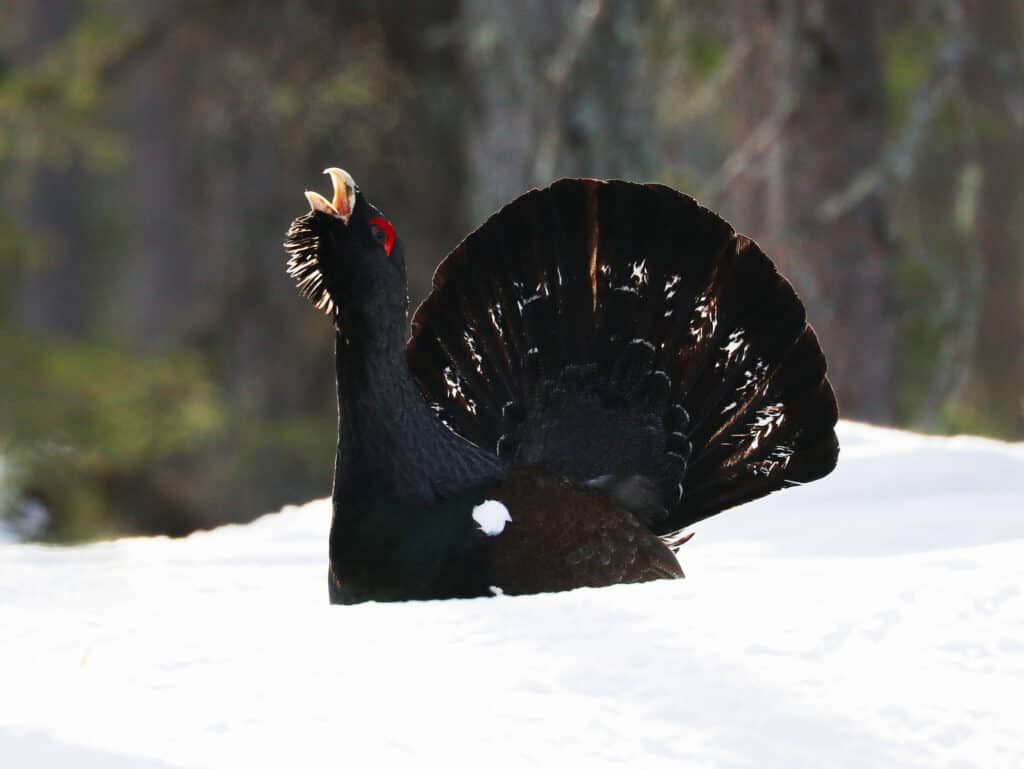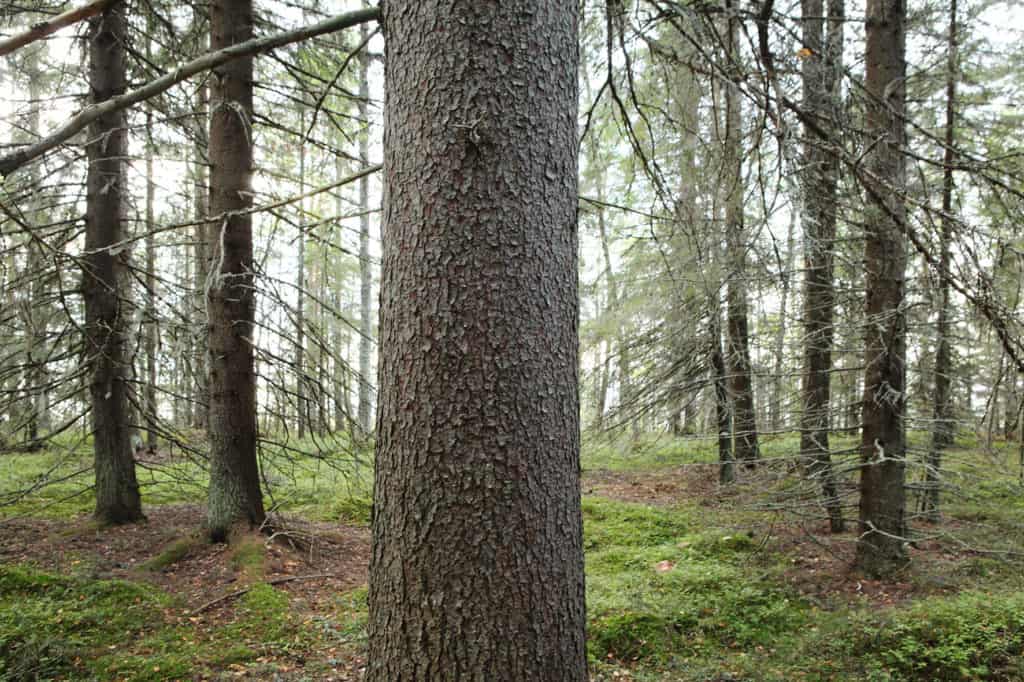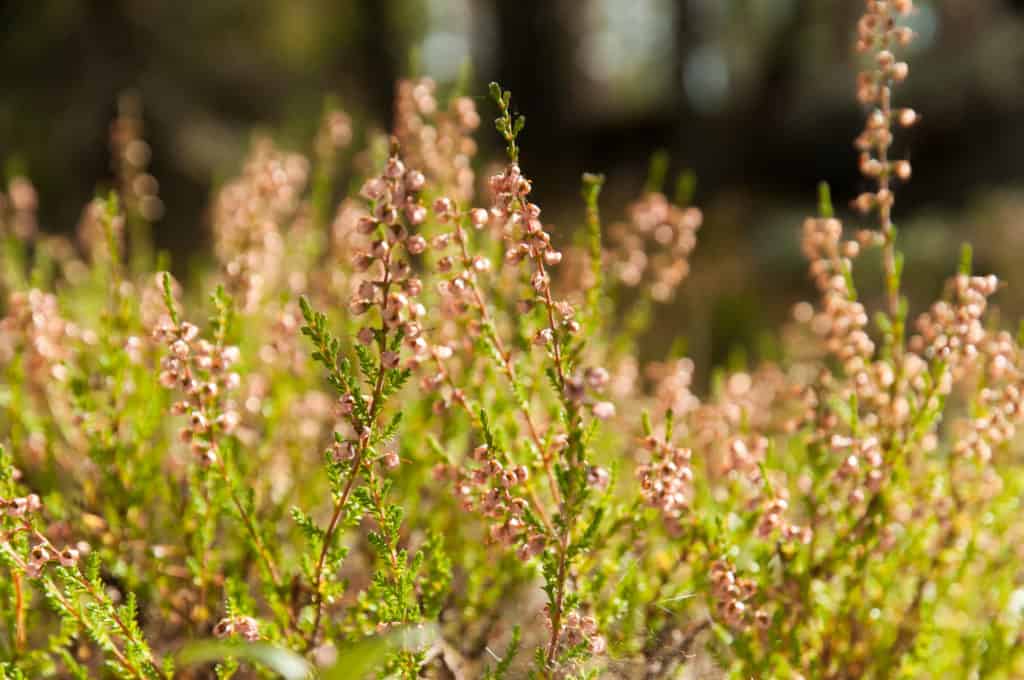During the course of the autumn, the Finnish Natural Heritage Foundation has received two areas for a gift, one from the Gästans island of Snappertuna in the Uusimaa region, the other from the Sevettijärvi area of Inari.
The Gästans island off Raasepori is like a stepping stone between the outer archipelago and the middle islands: it serves as a continuum from the small rocky islands of the outer sea to the forest-covered islands in the middle section of the archipelago. The soil is partly made up of moraine on Gästans, which is rare in this region. You don’t see islands of this kind out in the open sea anymore, says Lauri Kaila, the man who donated the site.
The qualities of the soil explain for their part the exuberance of the Gästans island as well as the diversity of its nature. The island has plenty of deciduous trees, great aspens and even ashes. This conservation area of 6.5 hectares is partly covered by an old rock pine stand, and its hollows have spruce stands of blueberry type. The conservation area also includes a few meadows that have been managed with traditional methods by the donor, who will continue to do so in the future as well, according to Anneli Jussila, the foundation’s conservation director.
The Sevettijärvi area, which is called Kuusajooggaz, was donated by Rita Kuusakoski-Peltonen and Jari Peltonen. This magnificent area of 63 hectares is about an old pine forest with some grand trees dying as we speak while still standing. The area also includes long sections of the Sevettijärvi shore, two whole ponds, and two rivers.
The landscapes of Kuusajooggaz are of great natural beauty with their small ridges and views over the waters. In the vicinity of the waters, the forest is like a grove, as for its exuberance. Kuusajooggaz is located on the edge of great wilderness, and to this day, it is the foundation’s northernmost conservation object. Bears have been observed several times in the region, says Anneli Jussila happily.
Photos Anneli Jussila




